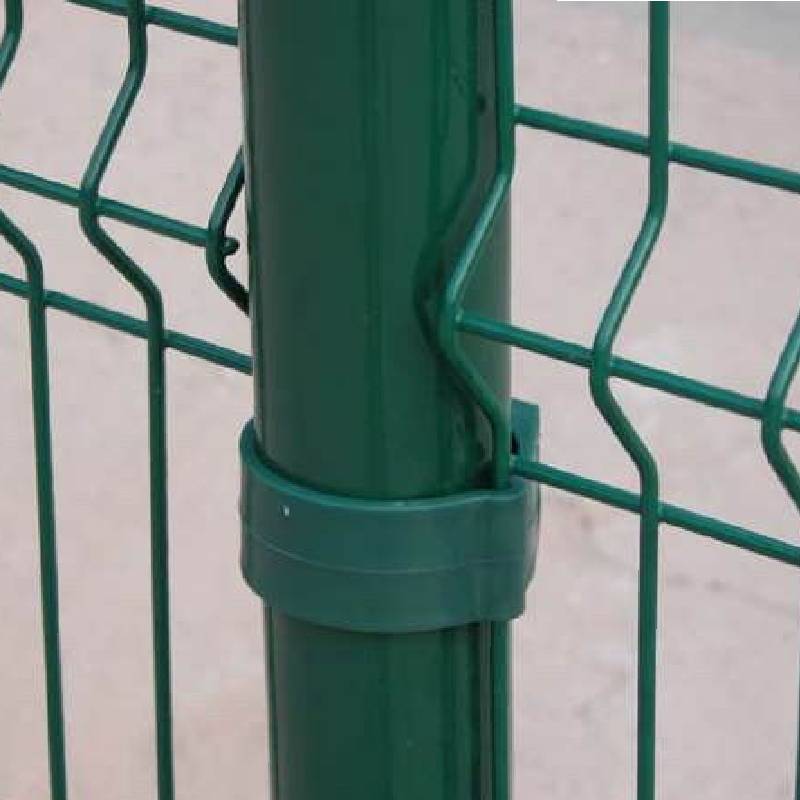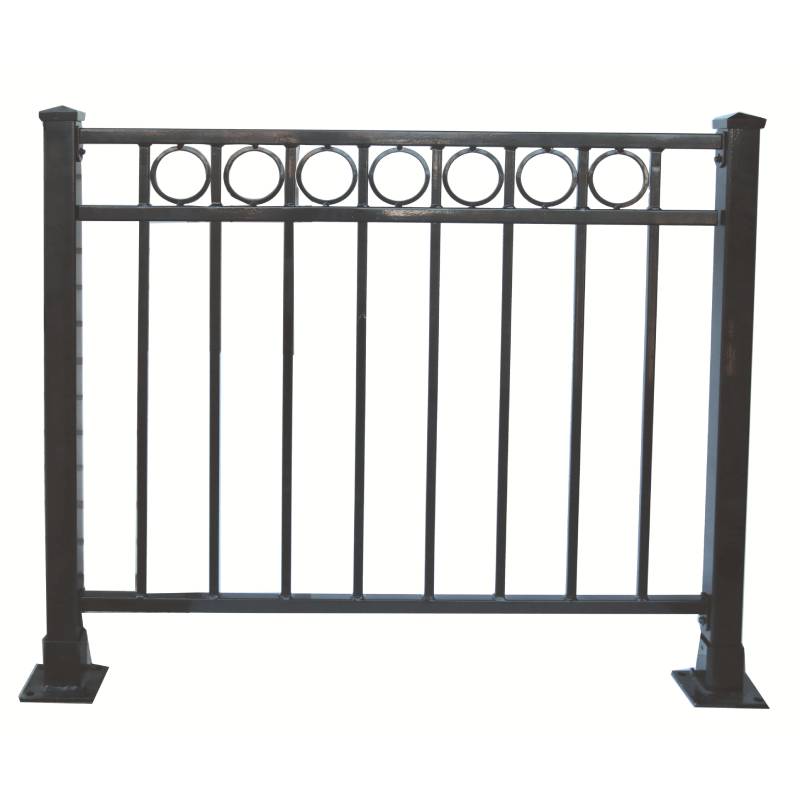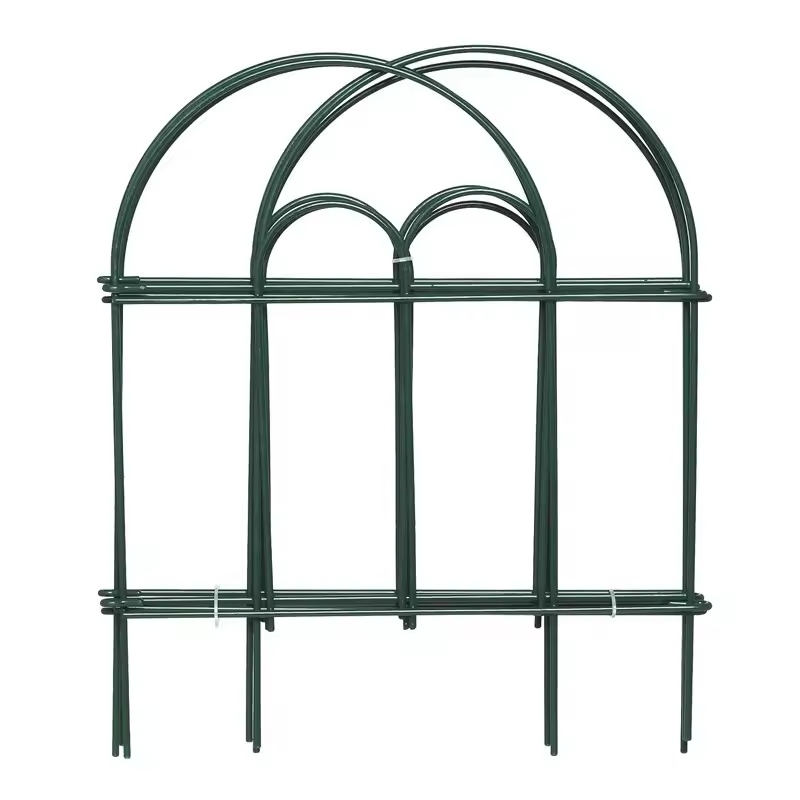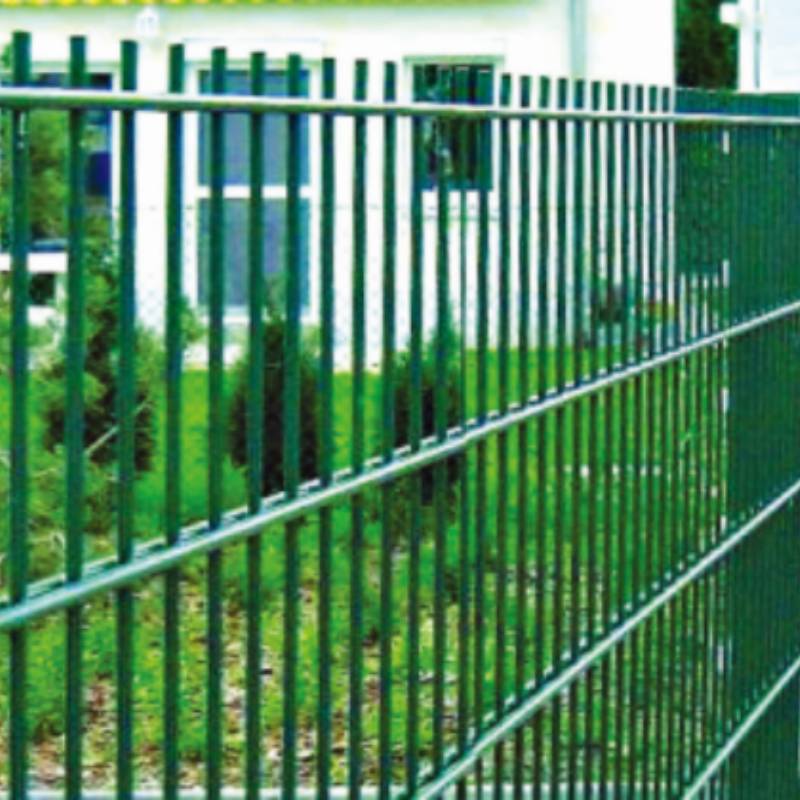-
I-imeyile:zhao@hyliec.cn
-
Umnxeba:+86 311 85273988
-
Whatsapp:8613931128750
-
 umAfrika
umAfrika -
 Albanian
Albanian -
 Amharic
Amharic -
 IsiArabhu
IsiArabhu -
 Armenian
Armenian -
 IsiAzerbaijani
IsiAzerbaijani -
 Basque
Basque -
 IsiBhelarushiyen
IsiBhelarushiyen -
 Bengali
Bengali -
 Bosnian
Bosnian -
 Bulgarian
Bulgarian -
 isiKhathalan
isiKhathalan -
 Cebuano
Cebuano -
 isiKhorsikhen
isiKhorsikhen -
 Croatian
Croatian -
 Czech
Czech -
 Danish
Danish -
 IsiDatshi
IsiDatshi -
 IsiNgesi
IsiNgesi -
 isiEsperanto
isiEsperanto -
 Estonian
Estonian -
 Finnish
Finnish -
 IsiFrentshi
IsiFrentshi -
 IsiFrisian
IsiFrisian -
 Galician
Galician -
 Georgian
Georgian -
 IsiJamani
IsiJamani -
 IsiGrike
IsiGrike -
 Gujarati
Gujarati -
 isiKriyoli saseHayiti
isiKriyoli saseHayiti -
 Hausa
Hausa -
 isiHawayi
isiHawayi -
 IsiHebhere
IsiHebhere -
 Hayi
Hayi -
 Miao
Miao -
 Hungarian
Hungarian -
 Iceland
Iceland -
 igbo
igbo -
 Indonesian
Indonesian -
 Irish
Irish -
 IsiTaliyani
IsiTaliyani -
 IsiJaphani
IsiJaphani -
 Javanese
Javanese -
 Kannada
Kannada -
 isiKazakh
isiKazakh -
 Khmer
Khmer -
 isiRwanda
isiRwanda -
 Korean
Korean -
 isiKhudish
isiKhudish -
 isiKyrgyz
isiKyrgyz -
 I-TB
I-TB -
 isiLatini
isiLatini -
 Latvian
Latvian -
 isiLithuwaniya
isiLithuwaniya -
 isiLuksembogu
isiLuksembogu -
 Mecedonian
Mecedonian -
 Malgashi
Malgashi -
 Malay
Malay -
 Malayalam
Malayalam -
 Maltese
Maltese -
 isiMawori
isiMawori -
 Marathi
Marathi -
 isiMongoliya
isiMongoliya -
 Miyanimar
Miyanimar -
 Nepali
Nepali -
 Norwegian
Norwegian -
 Norwegian
Norwegian -
 Occitan
Occitan -
 isiPhashto
isiPhashto -
 Persian
Persian -
 Polish
Polish -
 IsiPhuthukezi
IsiPhuthukezi -
 isiPhunjabi
isiPhunjabi -
 Romanian
Romanian -
 IsiRashiya
IsiRashiya -
 isiSamoa
isiSamoa -
 IsiGaelic saseScottish
IsiGaelic saseScottish -
 isiSebhiya
isiSebhiya -
 IsiNgesi
IsiNgesi -
 IsiShona
IsiShona -
 Sindhi
Sindhi -
 IsiSinhala
IsiSinhala -
 Slovak
Slovak -
 Slovenian
Slovenian -
 isiSomali
isiSomali -
 Spanish
Spanish -
 IsiSundanese
IsiSundanese -
 Swahili
Swahili -
 Swedish
Swedish -
 Tagolog
Tagolog -
 IsiTajik
IsiTajik -
 Tamil
Tamil -
 IsiTatar
IsiTatar -
 Telugu
Telugu -
 IsiThai
IsiThai -
 IsiTurkey
IsiTurkey -
 isiTurkmen
isiTurkmen -
 Isi-Ukraine
Isi-Ukraine -
 IsiUrdu
IsiUrdu -
 Uighur
Uighur -
 IsiUzbek
IsiUzbek -
 IsiVietnamese
IsiVietnamese -
 IsiWelsh
IsiWelsh -
 Nceda
Nceda -
 Yiddish
Yiddish -
 IsiYoruba
IsiYoruba -
 IsiZulu
IsiZulu
Iphaneli yocingo
Wholesale Metal Fence Panels ?
Wholesale metal fence panels are a popular choice for those looking for durable and secure fencing solutions. These panels are often made steel materials providing a
strong and long-lasting option for garden fencing. They are available in various designs and sizes, making them suitable for a wide range of applications. Wholesale options offer cost-effective solutions for purchasing metal fence panels in bulk, making them ideal for contractors, landscapers, and property developers looking to install fencing on a larger scale.
Is It Cheaper To Buy Fence Panels Or Build Them?
The cost of buying fence panels versus building them can vary depending on several factors. In general, buying pre-made fence panels can be cheaper and more time-efficient than building them from scratch. Pre-made panels are mass-produced, which often makes them more cost-effective due to economies of scale. Additionally, purchasing fence panels can save on labor costs, as they are typically easier and quicker to install compared to building a fence from individual components. However, building a fence from raw materials allows for more customization and control over the design, which may be a priority for some individuals. It's important to consider the specific requirements, budget, and time constraints when deciding whether to buy or build fence panels.
How To Install A Panel Fence?
To install a panel fence involves several steps:
1. Measure and plan: Determine the length of the fence and calculate the number of panels needed. Plan the layout and ensure the fence posts are installed at the appropriate intervals to accommodate the panels.
2. Install the posts: Dig holes for the fence posts, ensuring they are deep enough to provide stability. Set the posts in concrete and allow them to cure before attaching the panels.
3. Attach the panels: Once the posts are set, attach the panels to the posts using appropriate fasteners such as screws or nails. Ensure the panels are level and properly aligned.
4. Add finishing touches: Depending on the type of panels used, additional finishing touches such as capping, trim, or paint may be required to enhance the appearance and durability of the fence.
5. Maintenance: Regular maintenance, such as cleaning and sealing, may be necessary to ensure the longevity of the fence panels.
It's important to follow the manufacturer's instructions and local building codes when paneling a fence to ensure proper installation and compliance with regulations. If in doubt, it's advisable to consult with a professional or seek guidance from experienced individuals.








